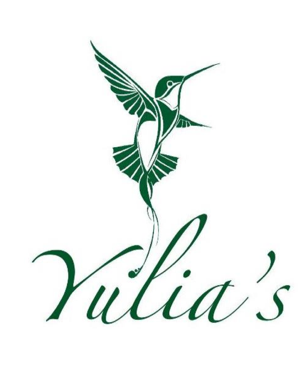Your cart is currently empty!

What is wild yeast? Basically the idea is that there is natural yeast bacteria in the air, so by exposing your flour and water mixture to air you can capture those creatures. That is how our ancestors made delicious bread full of nutrition! Natural sauerkraut is made with the same principle and is really good for our gut health.

You need a bowl, some sugar or honey, salt and warm water.
Start with emptying your starter into a bowl, adding 2 cups of warm water.

Add 1 table spoon of salt, 1 tablespoon of sugar (or honey) and stir…
Now it is flour turn. You can use prepackaged rye flour from the store, or I use organic rye berries that I grind right before making the bread…


Add 2.5 cups of rye flour, and 2.5 cups of white flour. You can play with flour parts and replace it with some other kinds, or make totally white or 100% rye or whole grain or multigrain. Also you can add any nuts, seeds, berries, etc.. at this time.
You will end up with thick sticky mass. You could add more flour to make the dough not sticky if you wish to make a free form loaf. I do that when I mix a batch for pizza, then I spread it thin on oiled baking sheet, add topping and bake.

Oil your baking containers. I like to use coconut oil as it works well with higher temperatures of the oven.
Spread your dough between the two containers.
Now add a little water to your dough bowl, and dip your hand in it. Use your wet hand for smoothing the dough.
I usually put my bread in the oven, turn it on at 350F for TWO MINUTES only, and turn it off. That way the oven will be warm enough and not drafty for your bread to raise.
Now DO NOT WASH your starter jar, add a cup of warm water, and 5 table spoons of each white and rye flour. Stir.
There is no need to leave the starter to bubble on the counter anymore. Keep the jar in the fridge and do not cover it tight. Many times it really bubbles in the fridge and I usually stand my jar in a bowl to catch the occasional spill.
Bread after two hours…
And after three hours… Now I take it out, warm up the oven to 425F, bake for ten minutes. Lower the temperature to 325F and bake for 45 minutes.
Take the bread out, cover with a towel and let stand for 15 minutes. Use butter knife to cut along the edges to free your bread from the baking dish. Make sure it is cool before packaging. Enjoy your homemade wild yeast bread! There is not a trace of sourness, it is crisp and delicious! I store one loaf in the kitchen, and one in the fridge (plastic bag is fine).

















